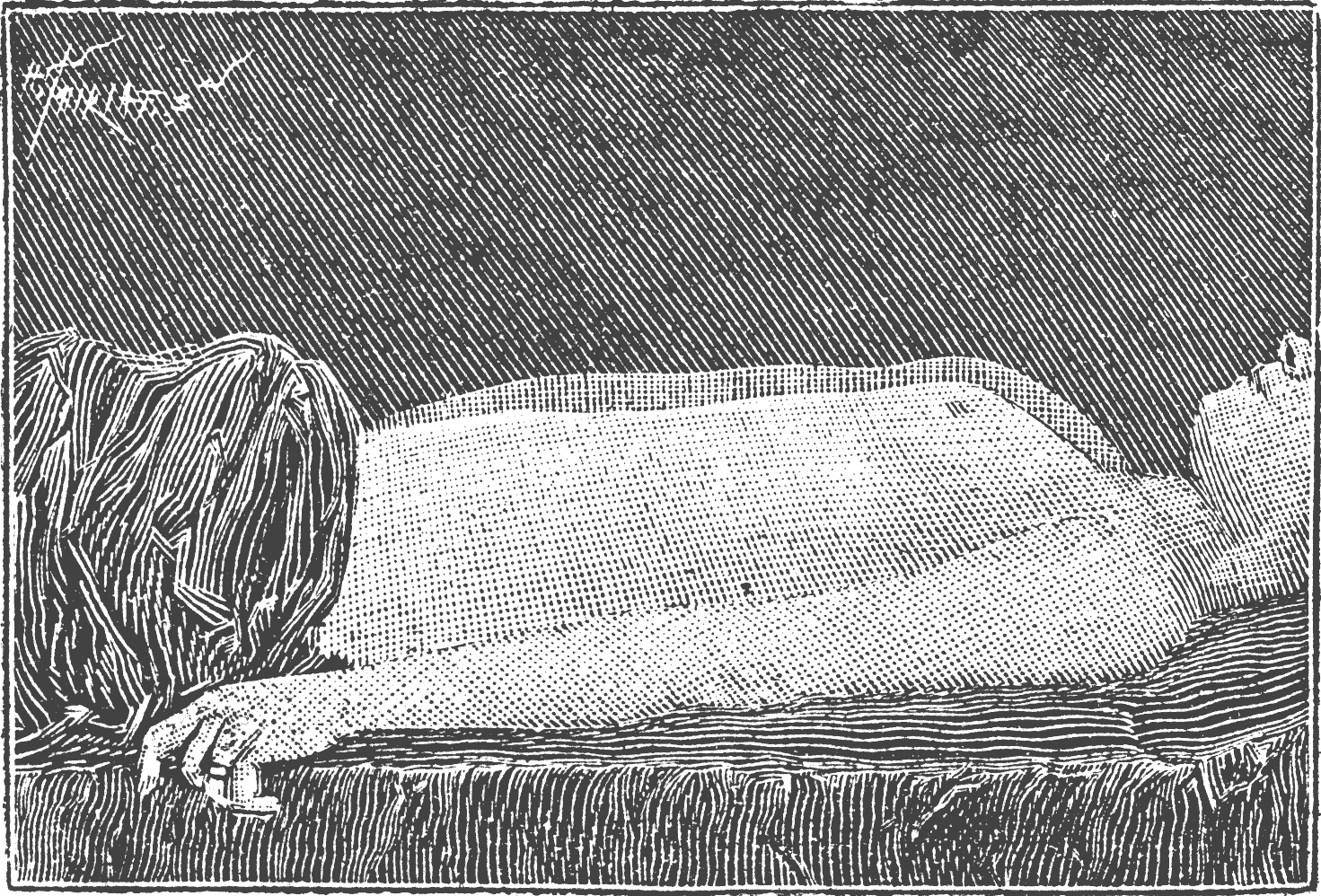 Backpackers, especially thru-hikers, often experience fatigue. There are endless reasons that keep you from getting asleep or staying asleep – stormy weather, screeching owls, howling coyotes, obnoxious weekend hikers, aching bones, fear, a snoring partner, the worry about not getting to sleep, etc.
Backpackers, especially thru-hikers, often experience fatigue. There are endless reasons that keep you from getting asleep or staying asleep – stormy weather, screeching owls, howling coyotes, obnoxious weekend hikers, aching bones, fear, a snoring partner, the worry about not getting to sleep, etc.
Waking up after a night of inadequate rest will greatly hinder your hiking performance the next day. You feel run down, cranky and extra achy. Lack of sleep will slow down your concentration, hiking pace, coordination, and reaction time, making you more prone to falls and injury. Over time, it will compromise your health and ability to fight off infection. Sure, you may muster the energy to pack up your morning gear and tend to the daily routine, but your body will suffer during the miles. No one wants to suffer a bad day like that.
What can you do if you have trouble sleeping in the wilderness?
- Eat Foods that Induce Sleep. Such foods include the amino acid L-tryptophan, a substance that increases the levels of melatonin and serotonin, which are necessary for sleep. You’ve probably heard of the animal foods, such as milk and turkey having high levels of tryptophan. Try Chia Seed instead. It is healthier and contains more than twice the amount of tryptophan found in turkey. Consume at least 2 – 3 TB of chia seed, or 1 – 2 ounces. Other sleep-inducing foods include dried tart cherries, soy, bananas, raisins, nuts, and seeds. Outdoor Herbivore’s Coconut Chia Peel is an excellent choice because it combines chia seed and dried banana. Banana is also high in potassium and magnesium, which help relax the muscles.
- Wear Earplugs. Earplugs are a good solution for blocking sound to provide for a decent rest. The brand Hearos makes an earplug with a Noise Reduction Rating (NRR) of 33, one of the highest on the market. These earplugs hold up well and can be washed and air dried. It may seem bizarre to opt to sleep under the open sky and block out the natural sounds around you. However, if earplugs help you to get adequate sleep, you’ll feel refreshed to soak in the sights and sounds the following day.
- Take a Deep Breathing Siesta – a nap under the shade of a tree is a wonderful treat. Deep breathing forces your body to relax, and relaxation can cure the fatigue associated with sleeplessness. Practicing 20 minutes of relaxation per day is equivalent to 2 hours of sleep. If you are short on sleep or feeling fatigued, take the effort to dedicate 20 minutes for quiet relaxation and deep breathing. This can be used at night to encourage sleeping or during the afternoon after a sleepless night.
The Zen of Deep Breathing & Relaxation
Concentration and control of breath is a central component of yoga and Eastern culture. Deep breathing forces the body to relax. It is a crucial life skill to master and very simple once you have learned it –
- Begin by taking one deep, full inhale slowly through your nose, pause for a moment, and exhale. Be sure to do this slowly, over about 10 seconds. Wait a few seconds and repeat this cycle 3 or 4 more times.
- Now start to breathe slowly, but don’t intentionally pause before exhaling. Allow the breath to become natural and cyclical while keeping your awareness focused towards deep, intentional breathing.
- If you are trying to use this method to fall asleep, start scanning different parts of your body that feel tense, or painful. Try to concentrate on the nerve endings and blood flow to that area. Consciously sense their weight and composition. Now imagine them relaxing, sinking, and falling limp. Pay extra attention to relaxing the shoulders, knees, and feet, the critical areas of the body that take the bulk of abuse while hiking. Continue this breathing technique for as long as you like, until you fall asleep, or until you feel completely relaxed for the day.
